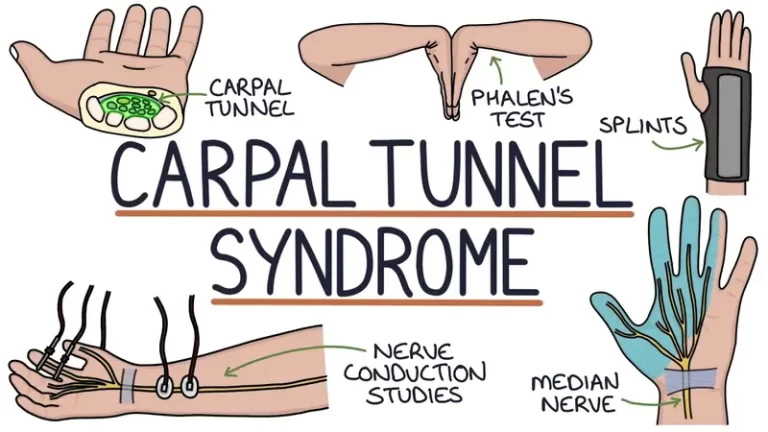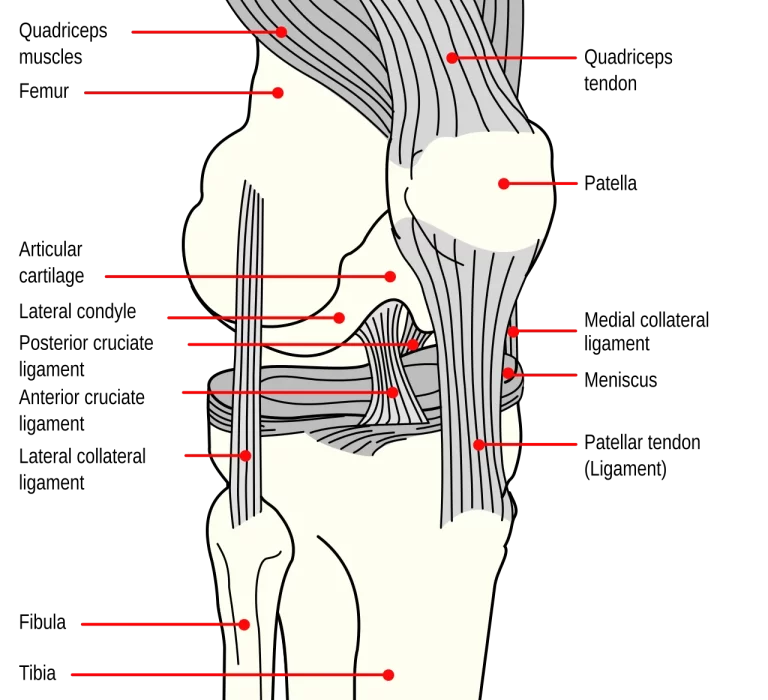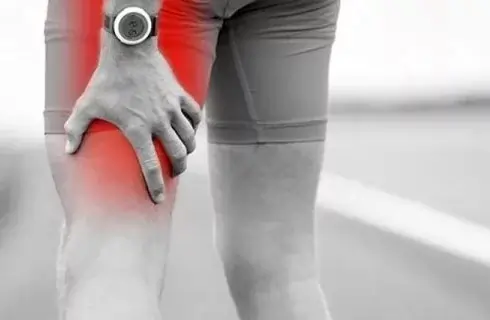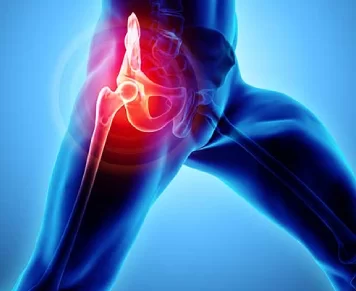Precordial Catch Syndrome
What Is Precordial Catch Syndrome?
Precordial Catch Syndrome (PCS) is a benign, non-serious condition characterized by sudden, sharp chest pain that is often mistaken for a heart-related issue. It usually affects young people, teenagers, and children, and it usually feels close to the left side of the chest.
While the pain can be intense and alarming, it usually lasts only a few seconds to minutes and resolves on its own without any long-term health consequences.
Though it can occur in different areas of the chest or ribs, the pain is usually localized in the left side of the chest, directly below the left nipple (near the heart).
Due to the lack of any symptoms other than pain, the precise etiology of PCS is frequently unknown or misdiagnosed.
Epidemiology
- Although precordial catch syndrome can strike anyone at any age, it often strikes kids between the ages of 6 and 12.
- No sex preference exists.
- The patient never experiences pain when they are sleeping; instead, it usually occurs during their periods of rest.
Signs and symptoms of Precordial Catch Syndrome
- Usually with a sharp start, the pain spreads to the cardiac apex or one intercostal region along the left lower sternal boundary.
- Either at rest or during light exercise, the pain is worsened by inspiration, which frequently causes people to breathe shallowly in an attempt to relieve the pain.
- The episodes often range between thirty seconds to three minutes, but they can also sometimes end after one or two breaths and very infrequently linger up to thirty minutes.
- The physical examination is negative and there are no associated symptoms.
- Wheezing or any worsening of the pulse is not caused by PCS.
- However, lightheadedness or dizziness is not a direct cause of PCS.
Differential Diagnosis
- Aortic valve stenosis, hypertrophy cardiomyopathy, and congenital, inflammatory, or atherosclerotic causes of coronary insufficiency can all result in angina pectoralis.
- This pain is rarely reported as acute, is poorly localized, usually begins and ends slowly, and is caused by activity or exercise.
- Deep breathing, however, does not make this pain worse. It also has the click and murmur that are typical of this illness.
- Acute sickness is linked to the chest pain that results from pericarditis; it is not sporadic, localized, or temporary.
- Pain from chest wall syndrome and chest injuries, such as rib fractures, might resemble precordial catch syndrome.
Diagnostic Procedures
- For everyone experiencing pain that is believed to be coming from the chest wall, plain radiography is advised in order to rule out occult bone abnormalities.
- In the event of trauma, radionuclide bone scanning needs to be recommended in order to rule out occult sternum or rib fractures.
- An EKG and electrocardiography are recommended depending on where the pain is located; however, in individuals with precordial catch syndrome, normal results are anticipated.
- Additional tests (blood count, prostate-specific antigen level, erythrocyte sedimentation rate, and antinuclear antibody testing) may be recommended based on the patient’s clinical presentation.
- In the event of joint instability, magnetic resonance imaging of the joints is advised.
PCS in Adults vs. Children
While PCS can occur at any age, it often manifests between the ages of 6 and 12.
While it is not uncommon in teens and early adulthood, after the age of twenty it becomes far less common. Adults may experience PCS, though.
What Causes a Child to Develop PCS?
There are currently no known direct causes of PCS.
According to certain research, PCS may be more likely to occur during growth spurts or may have a connection to the nerves lining the chest wall.
When a youngster breathes in when at rest (either sitting or lying down), slouching, or leaning over, the pain usually gets worse.
Is There a Link Between PCS and Anxiety?
- Although there is no scientific evidence connecting PCS to anxiety, some kids and teens may experience worry as a result of the sudden, intense pains associated with PCS.
- A youngster or teenager may get fearful that they are having a heart attack or another more serious ailment because of how quickly it progresses and how intense the pain can be.
- While PCS is not linked to a heart attack, lung disease, or any other major medical issue, the youngster may initially be startled by the intensity of the pain.
- you breathe deeply, but it will pass eventually.
- Moreover, the youngster may begin breathing quickly and shallowly in an effort to lessen the pain because deep breaths are sometimes painful due to the nature of the pain.
- Shallow breathing is linked to bodily experiences of worry and can make a child feel dizzy, which can exacerbate their anxiety.
Complication:
- People with precordial catch syndrome often breathe shallowly, which can induce lightheadedness, because it hurts to breathe deeply.
- Because of the nature of the pain, people may experience anxiety when they believe it to be an indication of a more serious cardiac issue, like a heart attack. Referrals to cardiac specialists or needless, extensive testing may exacerbate this.
Treatment:
Medical Treatment in Precordial Catch Syndrome
It is not recommended to use medications due to the pain’s rapid onset and resolution.
Physical Therapy Treatment in Precordial Catch Syndrome
Precordial catch syndrome is treated with a combination of encouraging the patient to breathe deeply as soon as the pain starts and providing reassurance.
Reassurance:
- Describe how, unlike in adults, chest pain in youngsters is typically not of cardiac origin. It is a common complaint.
- It is required to have a more detailed conversation about the patient’s symptoms and the characteristics (sharpness, localization, relationship to deep breathing, and predominance at rest) that distinguish this illness from heart pain.
- It is necessary to reassure them that the pain is entirely harmless.
- Usually, PCS patients don’t need treatment because the condition doesn’t have long-term health repercussions and the pain will go away on its own. In particular, there are certain activities a person may do with their children at home to help lessen the pain when it occurs.
Encourage slow breathing:
Some people find that, even if it hurts at the time, taking a calm, deep breath helps to stop the pain later. Since not everyone finds success with this, if the youngster refuses to take deep breaths, an adult may encourage them to concentrate on taking tiny, soft breaths.
Help them sit up:
To assist stop PCS from happening again, encourage the youngster to sit up straight and keep their shoulders back.
Try medication:
Anti-inflammatory medications may be recommended by the doctor to help relieve the pain temporarily if a child or adolescent suffers from PCS on a somewhat daily basis.
Over-the-counter (OTC) anti-inflammatory medication.
Ease their fears:
Reassuring the child that this illness is benign and will pass quickly might also be beneficial.
This could help the child feel less anxious and more relaxed, which could speed up the healing process.
Prevention:
- Growth spurts are occasionally the cause of precordial catch syndrome and cannot be avoided.
- One can prevent other causes, like chest injuries. Since slouching and other bad posture are contributing factors, it may be helpful to stand or sit upright in order to avoid recurrences.
Prognosis:
Precordial catch syndrome patients have a very positive prognosis. By sitting or standing upright, you might be able to lessen your risk of pain. By the time they are in their 20s, most people have outgrown it.
Conclusion
- Usually exclusively affecting children and teenagers, precordial catch syndrome is something that people outgrow by the time they are in their 20s.
- There are no serious adverse effects from the illness, and it is completely benign.
FAQs
How may precordial catch be eliminated?
Pain from precordial catch syndrome resolves fast, thus no medication or other treatments are usually necessary. Even though it may hurt, some people find that taking a deep breath helps reduce chest pain when they experience an intense lance of agony.
Precordial catch syndrome is caused by what?
Experts in medicine are unsure about the cause of precordial catch syndrome. However, they speculate that it might be caused by pinched nerves or muscle spasms in the cartilage, ribs, or pleura, the lining that surrounds your lungs. Given that it typically impacts older kids, teens, and young adults, a growth spurt may possibly be the cause of it.
Why is there pain in my breasts around my armpit?
A tight bra, muscle strain, or hormonal changes are a few of the most common causes. Armpit and breast pain are often not serious conditions. Using a hot and cold pack, taking painkillers, and donning a supportive bra are some at-home treatments one can do for it.
Why do some get acute pain in their left breast?
Burning, stabbing, and/or sharp breast pain can be attributed to breast abscesses, fibroadenomas, breast cysts, or infections of the breast (mastitis). Persistent wetness and irritation in the interior, or skin fold, maybe the cause of pain behind the breast.
How often does the friendly catch occur?
Children and teenagers who complain of chest pain frequently have precordial catch syndrome (PCS). Adults are also affected, albeit less frequently. The most common times for PCS episodes to occur are while at rest while sitting or lying down or during an abrupt change in posture.
References
- Barrell, A. (2023, November 8). What is precordial catch syndrome? https://www.medicalnewstoday.com/articles/320105
- Precordial Catch Syndrome. (2024, May 1). Cleveland Clinic. https://my.clevelandclinic.org/health/diseases/precordial-catch-syndrome
- Thakkar, D. (2023, March 15). Precordial Catch Syndrome: Heart Pain That Is Not Your Heart. Samarpan Physiotherapy Clinic. https://samarpanphysioclinic.com/precordial-catch-syndrome/







